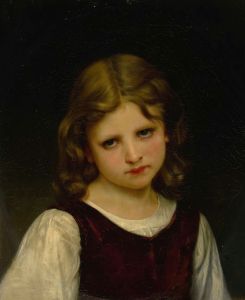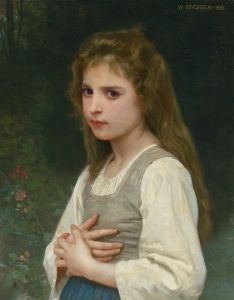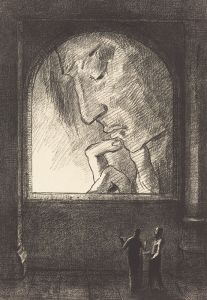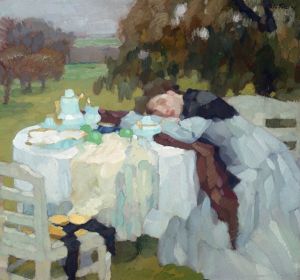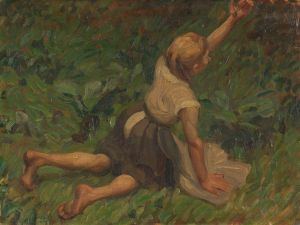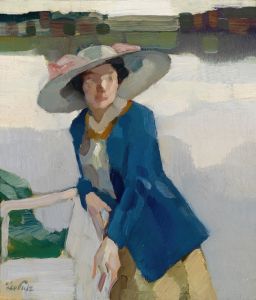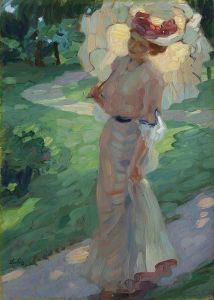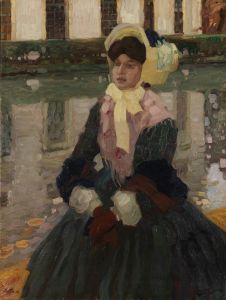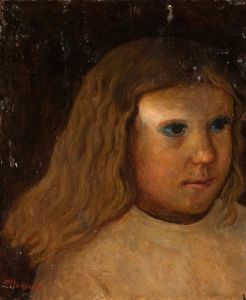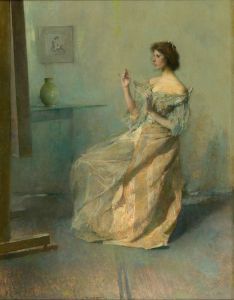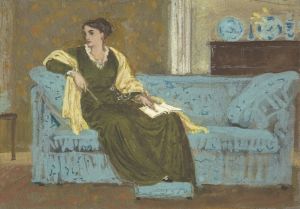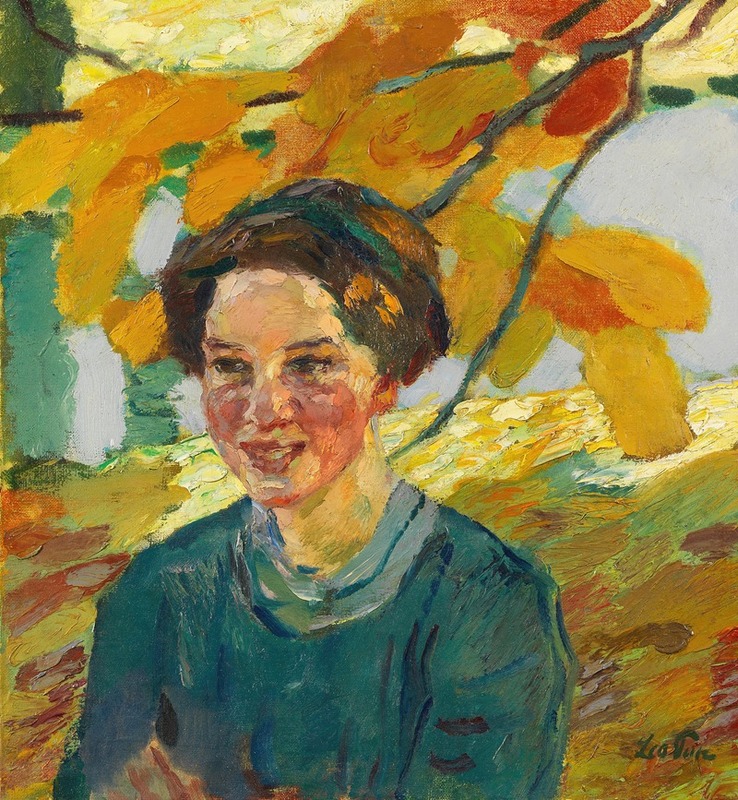
Mädchenporträt
A hand-painted replica of Leo Putz’s masterpiece Mädchenporträt, meticulously crafted by professional artists to capture the true essence of the original. Each piece is created with museum-quality canvas and rare mineral pigments, carefully painted by experienced artists with delicate brushstrokes and rich, layered colors to perfectly recreate the texture of the original artwork. Unlike machine-printed reproductions, this hand-painted version brings the painting to life, infused with the artist’s emotions and skill in every stroke. Whether for personal collection or home decoration, it instantly elevates the artistic atmosphere of any space.
Leo Putz was a prominent German painter known for his contributions to the art movements of Impressionism and Art Nouveau. Born on June 18, 1869, in Merano, which was then part of the Austro-Hungarian Empire, Putz developed a distinctive style that combined vibrant colors with fluid brushwork. He studied at the Academy of Fine Arts in Munich and later became associated with the Munich Secession, a group of artists who sought to break away from traditional academic art.
One of Putz's notable works is "Mädchenporträt," which translates to "Portrait of a Girl" in English. This painting exemplifies Putz's skill in capturing the delicate features and expressions of his subjects, often young women, with a sense of intimacy and immediacy. While specific details about the creation date and the model for "Mädchenporträt" are not widely documented, it is consistent with Putz's broader oeuvre, which frequently focused on portraiture and the depiction of women in serene, natural settings.
Putz's work is characterized by its use of light and color, often employing a palette that reflects the influence of Impressionism. His brushwork is typically loose and expressive, allowing him to convey the subtleties of light and shadow on the human form. In "Mädchenporträt," these techniques are likely employed to highlight the softness of the subject's features and the gentle play of light across her face, creating a sense of depth and realism.
Throughout his career, Putz was known for his ability to blend elements of different artistic movements. His work often incorporated the decorative qualities of Art Nouveau, with its emphasis on flowing lines and organic forms, while also maintaining the focus on light and color characteristic of Impressionism. This synthesis of styles is evident in "Mädchenporträt," where the composition and execution reflect a harmonious balance between detail and abstraction.
Putz's contributions to art were recognized during his lifetime, and he held several teaching positions, influencing a new generation of artists. His works were exhibited in various prestigious venues, and he received numerous accolades for his artistic achievements. Despite the challenges posed by the political and social upheavals of his time, including the impact of World War I and the rise of the Nazi regime, Putz continued to produce art that resonated with audiences for its beauty and emotional depth.
Today, Leo Putz's paintings, including "Mädchenporträt," are held in high regard by art historians and collectors. They are featured in museums and private collections around the world, appreciated for their technical skill and the unique perspective they offer on early 20th-century art. Putz's legacy endures as a testament to his ability to capture the essence of his subjects with sensitivity and grace, making his work a significant part of the art historical canon.





